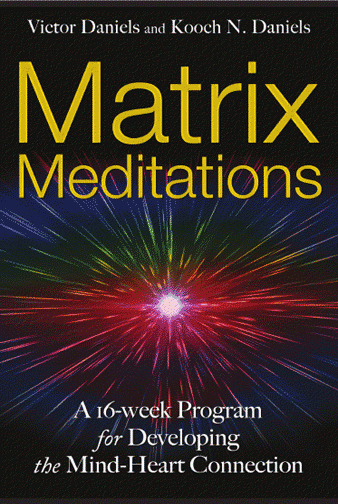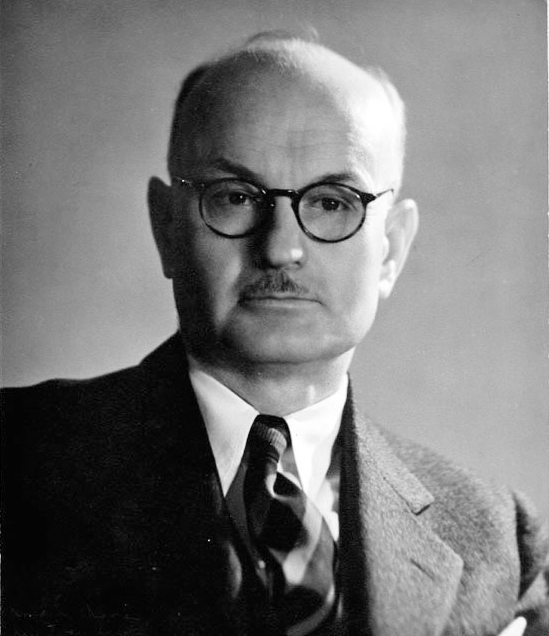
What’s the best position for meditating?
The full answer may be longer than you wanted.
There are at least four different basic answers—and then there’s all the rest of it.
One basic answer is, “Whatever position gives you the best signal that your mind has gone away from awareness-in-the-moment into either drifty mind or washing-machine mind,
A second is, “a classical cross-legged or chair position with a mudra of your choice.”
A third is, “Any position that you can physically manage and maintain for some time.”
A fourth is, “Any position in which you’re willing to meditate, in contrast to other supposedly correct positions that cause you to avoid meditating when you think about them.
Any one of these answers might be best for you. You can judge that for yourself after reading about each.
The first answer contains the key insight that the mental effort required to stay aware of your posture in the present instant is itself a powerful aid to maintaining a focused meditative state. Sitting straight upright on either a cushion or chair, with your eyes focused slightly downward anywhere from about six feet ahead to the far horizon, and your hands forming a perfect (i.e. non-drooping) mudra is best of all if you can manage it. (Yes, that’s the second answer above.) Why? Because your mind will inevitably have a tendency to drift here or there, and if you’re sitting in such a position with the intention to maintain it, then as soon as you notice that you’re slumping just a bit, or that in your Zen mudra your thumbs are pointing downward rather than forming an egg than a round ball, or that your jnana mudra is similarly droopy, you can straighten up your back, reform your mudra, breathe deeply, and continue your classical meditative posture. Maintaining it requires mindful attention to keeping some of your mind in the present.
If, of course, you’re doing an extended meditation—especially in a group—in which you’re supposed to remain motionless, after a time your body will be experiencing physical pain just from maintaining the fixed position and you will have no alternative but to be aware of your physical position and sensations. When you see a picture of a group of people meditating, all sitting in the very same or almost the very same posture, that’s probably what’s happening. There’s a special kind of psycho-somatic learning that’s occurring just by maintaining that position. (In many meditation groups, after such a period of sitting there’s a period of walking meditation that gives your body a chance to move.
With the second answer above, a full-lotus meditation is favored by some practitioners. That’s a cross-legged position with each leg crossed above the other and the soles facing upward. (See the link below.) Some yogis maintain the ability to sit full-lotus, or in even more demanding and in some cases amazing positions, into old age. Those who do usually sit (or in some cases stand) in such positions every day. When I was in my twenties and thirties I used to sit full lotus. Toward the end of my thirties a doctor told me, “There seems to be some evidence that full lotus is bad for your ankles, at least for some people.) After that I moved to a half-lotus position in which the legs are crossed only one is pulled up through the other. Less demanding yet is a simple cross-legged position. Your body will probably tell you which cross-legged position can work for you.
In any position on the floor or ground it helps to raise your butt about four inches off the floor so that there’s a downward tilt from your butt to your knees. Every meditation center has cushions that do this. It’s best to sit on the forward edge of the cushion rather than in the middle of it. The downward slope makes it much easier to keep your spine straight and sit up straight. And it’s more comfortable than sitting flat on the floor or ground. Most pillows doubled once will do nicely as a substitute for a meditation cushion—but if you want the real thing you can find them in shops that have meditation accessories and online. When i’ve had neither cushion nor pillow, I’ve found that turning one clean sandal or shoe upside down, placing it on top of the other, and using the two as a cushion usually does the job. Outdoors you might find a small slope or bump somewhere nearby that’s about the right size to raise your butt enough for comfortable sitting and a straight spine,
There is also kneeling meditation, kneeling with your legs together and back straight up. Many people who favor that position find that a cushion or pillow (or even a folded jacket or sweater) between butt and legs is useful.
In meditation halls I sometimes noticed some of people sitting up straight in chairs rather than on the ground or a cushion in a cross-legged position. In most places there were a few chairs somewhere in the room, mostly occupied by elderly meditators. An older friend and I sometimes led workshops together and he always sat in a chair. “My knees just won’t go into a cross-legged position,” he said. Now I’m older myself, with arthritis in my joints. At some point I moved from usually sitting cross-legged to preferring the chair. Still with a straight spine, looking slightly downward, keeping my mudra in its proper position, but my legs said “Thank you for not making us sit cross-legged on the ground any more.” My chair position is sometimes with my legs straight down and sometimes with them cross-legged beneath me on the chair.
All that involves sitting. Some years ago when I was doing a weekly class I asked the students to keep a meditation journal. To write down just a few sentences about what happened during their meditation period each day. One young woman consistently wrote that she just didn’t feel called to sit up during her meditation but preferred to lie down. She did, however, keep one of the most detailed and best journals of her meditation experience, and said it was almost always valuable in helping her feel better. As you probably know, lying down tends to predispose people more toward a hypnogogic, dreamlike state and less toward a mindful, moment-by-moment awareness state. Her meditations were a kind of combination of both. And very interesting, especially in their contemplative excursions. That was what worked for her. It was a clear case of meditating in her own way or not at all. So that becomes my final statement. Lying down meditation is not a position I suggest, but better than none. There are, after all, statues of reclining Buddhas scattered all over Southeast Asia. And it just might be what you need at a given moment. Assess your needs and learn to trust yourself.
If you want to meditate standing up, such as while waiting for a bus, I recommend a moving meditation rather than standing motionless. An online search for <standing moving meditations> will bring up a number of YouTube videos of such movement patterns. The ultimate expression of this is Tai Chi.
When properly performed, hatha yoga is also a meditation. Attention to your breathing in a meditative manner while performing your asanas, and to fully experiencing the sensations of your body as you move and the rest of your field of awareness make your yoga session into a transformation in consciousness that’s quite different than it is if you go through the motions with an athletic mindset. This can be structured pranayama or simply bare attention as described just above,
For photos of eight sitting meditation positions see Melissa Eisler’s <https://mindfulminutes.com/how-to-sit-for-meditation/>.






